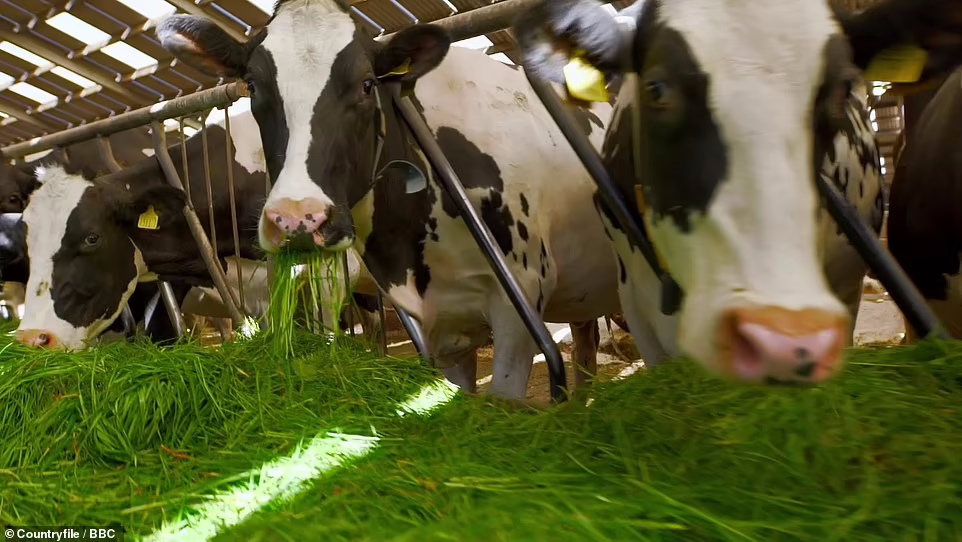-
Zero Grazing. Just battery farming of cows.

A BBC Countryfile programme recently upset many viewers when it featured a form of battery farming of dairy cows called zero grazing, a sign of how out of touch we are with how our food is produced.
-
Animal Welfare Commissioner, Labour’s not so new idea.
The Labour Party’s new animal welfare manifesto has been welcomed and praised by all according to press reports and its content makes gratifying reading, but unfortunately most of it has been visited before and has never been implemented so what chance now. One of the main proposals is to introduce an Animal Welfare Commissioner. This…